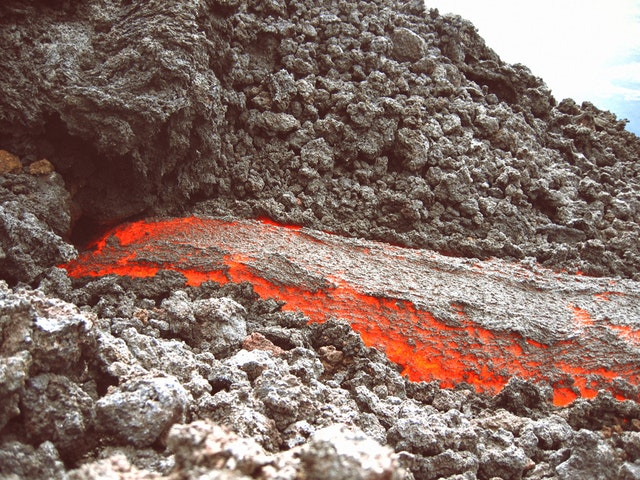Advantages of Geothermal Energy
Advantages of
geothermal energy are numerous. Geothermal energy is one of the cleanest energy
sources. Geothermal power is considered a renewable and sustainable power
source because the heat it uses is very small compared to the earth heat
content. Although individual well can serve for many decades, sometime they may
cool down or run out of water. But using some mitigation strategies like
reducing production or re-injecting water, this can be prevented. With new
technologies in development for reducing the cost and access of geothermal
energy, the future of geothermal energy is very promising.

Key Advantages of Geothermal Energy
A Sustainable and Renewable Energy Source:
Geothermal energy is considered a sustainable energy source as the heat inside earth is no danger of running out. Also, this energy is renewable when the pulled-up water is injected back to the reservoir to pick up heat again.
Lower Carbon Footprint: According to US
Department of Energy, the carbon footprint of geothermal energy is
significantly less than oil, natural gas and coal. Grams of carbon dioxide
released to produce per kilowatt-Hour of energy from coal, oil and natural gas
are respectively 970, 710 and 470. On the other hand, it is only 82 grams of
carbon dioxide per kWh for geothermal energy (Source: The Pros and Cons of
Geothermal Power by Angela Britcher, 2016).
Long Life Span: Geothermal power plant can have long life span. World first geothermal power plant at Larderello, Italy has been running since 1913, more than 100 years. Also, the Geysers plant in California is running for more than 50 years.
Smaller Foot Print of Geothermal Power Plant:
Geothermal
energy requires less land per megawatt of energy produced than other form of
power plants. As geothermal plant is built directly on top of the energy
source, it does not require additional land like coal mine or oil/gas
transportation. According to the US Department of Energy, a geothermal power
plant uses from 1 to 8 acres (0.4 to 3.2 ha) per megawatt produced. On the
other hand, nuclear power plants use 5 to 10 (2 to 4 ha) acres per megawatt and
coal power plants use 19 acres (7.7 ha).
Geothermal Power is Safer: Geothermal power is considered safer as it does not require combustion to produce heat. There is no risk of combustible gases being released in to a building or atmosphere. With geothermal energy being used there is no risk of carbon monoxide gas as well.
Cheap Operational Cost: The operational cost for geothermal energy is much cheaper. In the United states to heat up a 3000-square foot (280 square meter) house, it will cost about $60 per month using a geothermal heat pump (Source: Geothermal Energy by Alan Wachtel, 2010). The cost is much less than using conventional energy. Although the cost of a geothermal heat pump is fairly expensive, the pay back is usually between 5 to 10 years.
Other
Economic Advantages: Building geothermal power plant creates many
jobs and thus help boosting the economy. A 2007 report said that United States
added 5,635 Megawatt of geothermal electricity and added 30,000 full time job
for construction and operation of the power plants.
Go Back to the Geothermal Energy Home
Go to the Geothermal Power Plant
Go Back to the EcoAmbassador Home
More on the Advantages and Disadvantages of Geothermal Energy
Total Visits to Site: